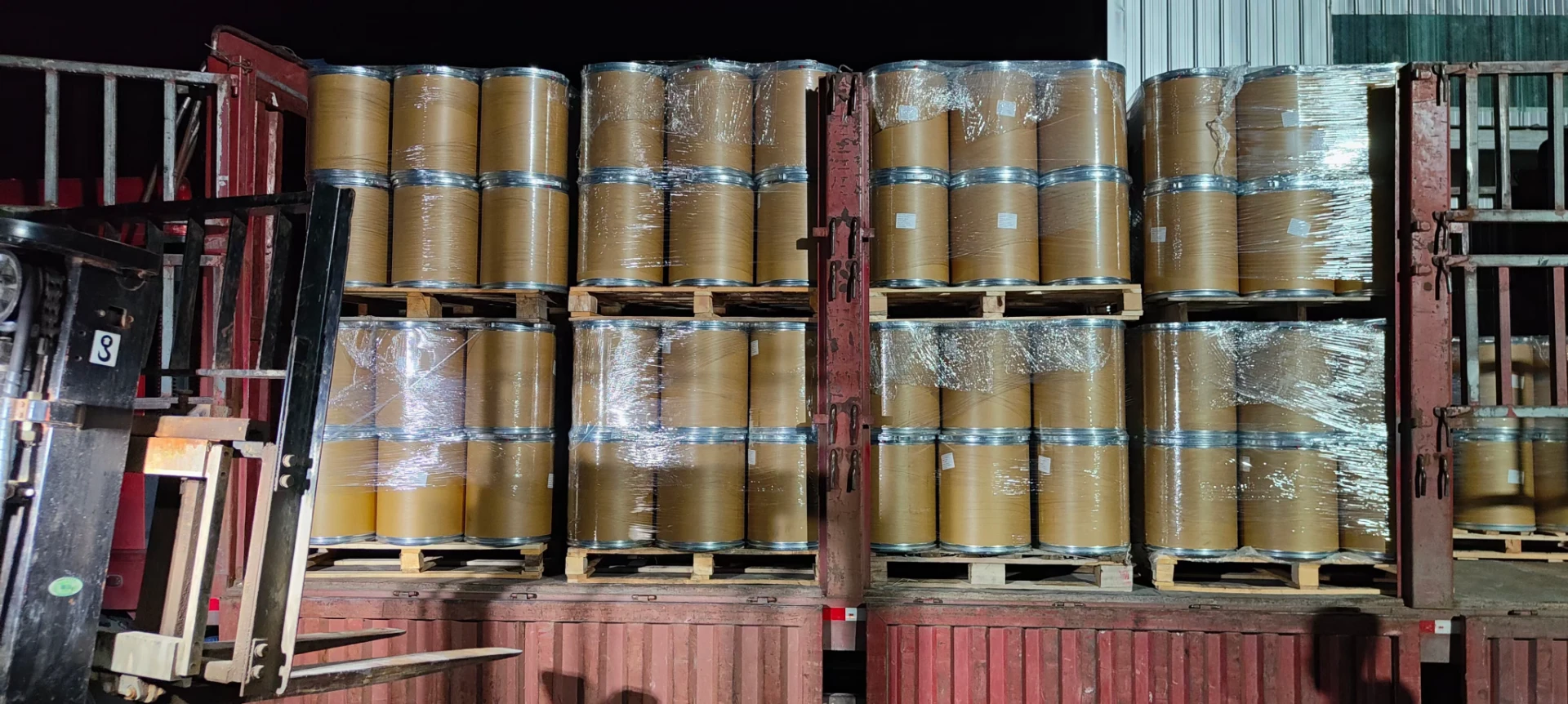

An often overlooked class of chemicals in water treatment are corrosion inhibitors like orthophosphates. These chemicals are critical in safeguarding consumers from lead and copper, which can leach from plumbing materials. By forming a protective film inside pipes, they minimize the corrosion and subsequent dissolution of these metals into the water supply, thus preventing potential health hazards. Residual control is enhanced by pH adjustment, using chemicals like lime or sodium carbonate. These not only optimize disinfection efficacy but also stabilize the water, reducing corrosivity and improving the efficiency of other treatment chemicals. Acidic or highly alkaline water can be detrimental to both infrastructure and consumer health, emphasizing the importance of this balancing act in treatment design. Professional expertise emphasizes that each chemical's application must be tailored to the specific characteristics of the source water. Factors such as water pH, temperature, and contaminant profile dictate the selection and dosage of treatment chemicals. Thus, water treatment professionals conduct frequent monitoring and adjustments to ensure optimal performance, reinforcing the process's complexity and the need for specialized knowledge. Authorized bodies such as the Environmental Protection Agency (EPA) and World Health Organization (WHO) provide guidelines and regulations which inform the application and safety levels of these treatment chemicals, ensuring that public health takes precedence. Continuous research and advancements in water treatment technology continue to refine these processes, making them more efficient and sustainable. The journey of drinking water from its source to your cup is a testament to the delicate balance of chemistry and engineering expertise. The chemicals used in water treatment are more than mere additives; they are essential components that protect public health and instill trust in the water that flows into homes worldwide. As consumers, understanding this complex orchestra of chemical processes not only informs us but empowers us to appreciate the extensive efforts taken to provide safe drinking water.

